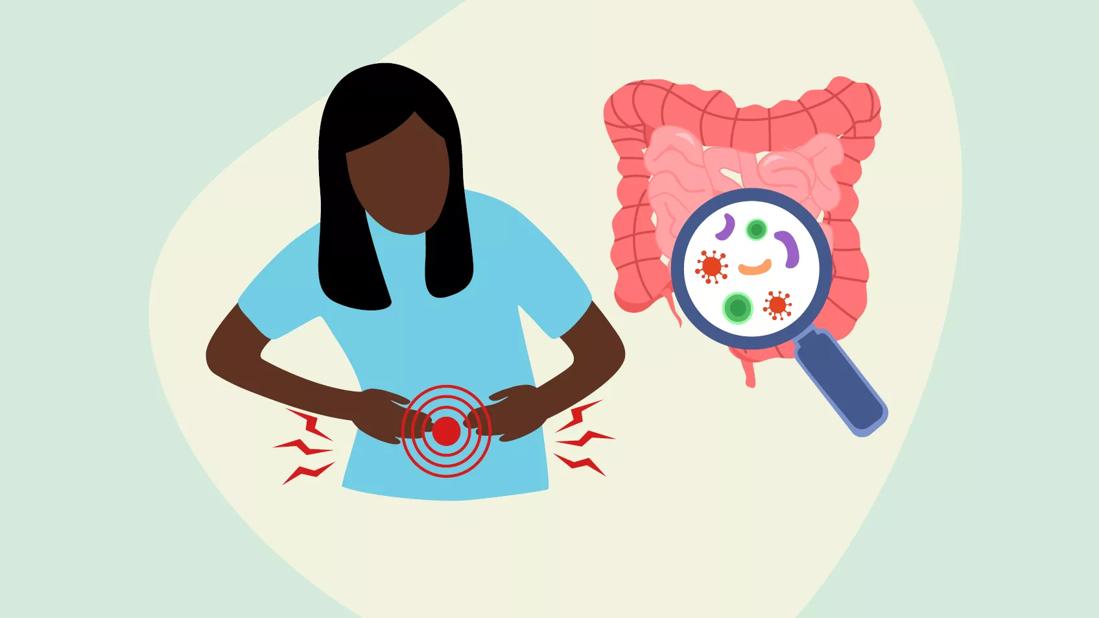1.3: Statistics of Foodborne Illness
1.3: Statistics of Foodborne Illness
Introduction
Foodborne illnesses can cause serious illness and even death. A foodborne illness outbreak occurs when two or more cases of the same illness result from eating a common contaminated food. In the United States, there are an estimated 1,000 outbreaks of foodborne illnesses each year, affecting millions of people. Most of these outbreaks can be avoided, as many outbreaks can be attributed to bad food handling and preparation methods, including incorrect holding temperatures, inadequate cooking, and contaminated equipment.
The Food and Drug Administration (2017) estimates that as many as 128,000 hospitalizations and 3,000 deaths in the US may be caused annually by foodborne illnesses. In 2009-2015, 75% of outbreaks reported in the US from restaurants, banquet halls, and catered food service locations (Dewey-Mattia et al., 2018). Individuals experiencing food borne illness symptoms may describe it as the stomach flu or food poisoning (Stine & Hawkes, 2023). Foodborne illness and its consequences can be prevented by any foodservice employee who recognizes the importance of food safety (Stine & Hawkes, 2023).
The Scale of Foodborne Illness in the United States
According to the Centers for Disease Control and Prevention, multiple foodborne illnesses go undiagnosed and undocumented, and people are reluctant to seek medical help when they become ill (Scallan, 2011). Therefore, safe food production is best addressed through prevention.
Foodborne illnesses are costly to society, the food industry, and individuals (Milton & Mullan, 2012; Kouabenan & Ngueutsa, 2016). As reported by the USDA-Economic Research Service (ERS) (2021), the 15 most common pathogens account for billions of dollars in economic costs. Medical damage caused by foodborne illnesses in retail foodservice are as high as $6 billion (Scallan et al., 2011).
Major Pathogens Causing Foodborne Illness
While there are many different pathogens responsible for foodborne illnesses, a few cause most cases. These include bacteria, viruses, and parasites. The Food and Drug Administration (FDA) and Centers for Disease Control (CDC) identify six pathogens which are exceedingly infective and easily transmitted by foodservice employees (Stine & Hawkes, 2023).

Norovirus: The leading cause of severe gastroenteritis, vomiting, and diarrhea in the United States. Responsible for about 58% of all foodborne illnesses in the United States, about 2,500 reported cases. Norovirus spreads easily and is often linked to contaminated water, produce, and shellfish.
Salmonella spp. (nontyphoidal): A leading cause of bacterial illness, resulting in diarrhea. It accounts for about 150 million illnesses and 60,000 deaths each year globally.
occurs when someone gets sick after consuming a contaminated food or drink

